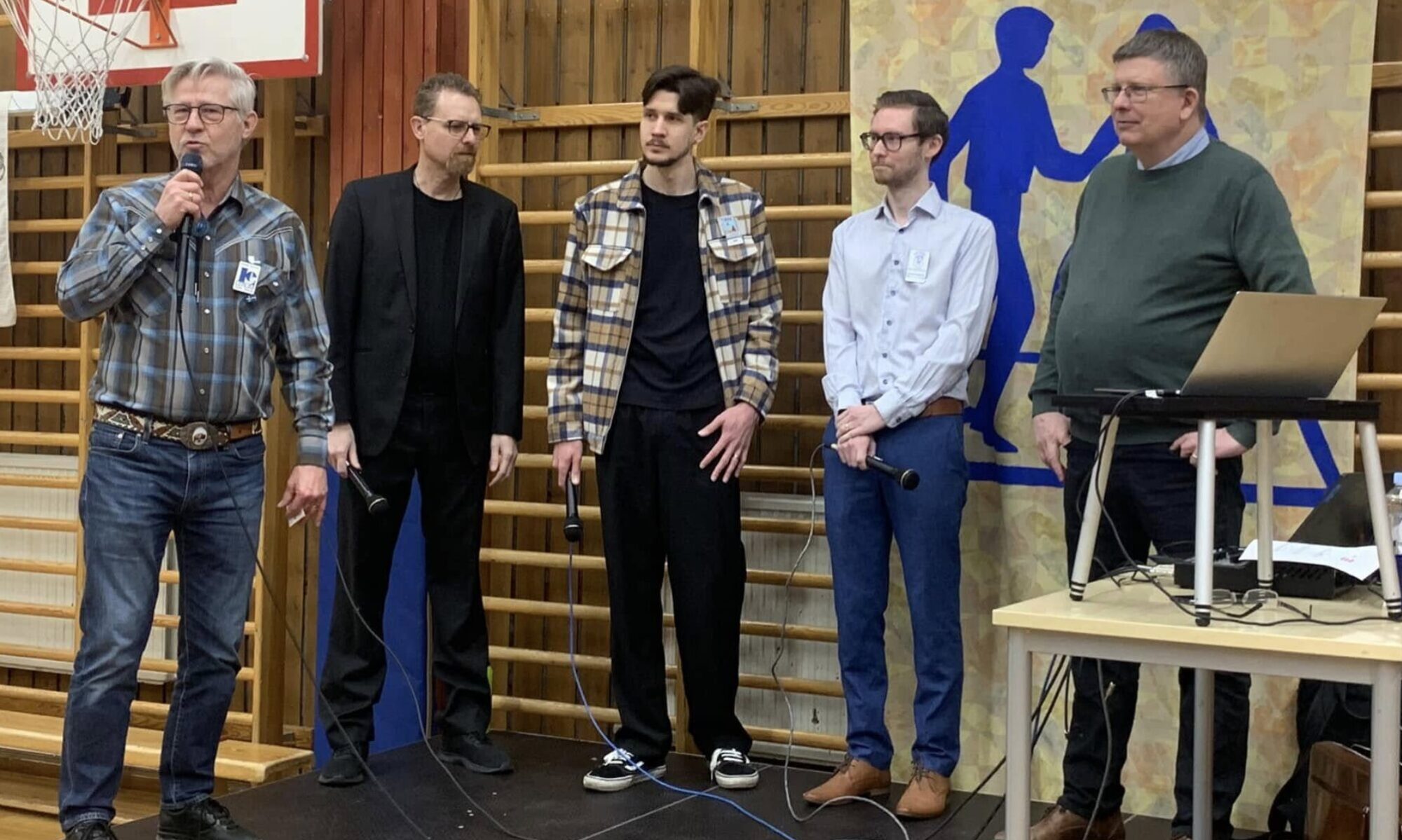An online lender owned and operated by the Lac Vieux Desert Band of Lake Superior Chippewa Indians, a federally recognized Indian tribe (“Tribe”), and Ascension Technologies, LLC, the Tribe’s management and consultant company successfully established that they are each arms of the Tribe and cloaked with all of the privileges and immunities of the Tribe, including sovereign immunity in a recent decision by the Fourth Circuit, Big Picture Loans, LLC.
As history, Big Picture Loans and Ascension are two entities formed under Tribal legislation because of the Tribe and both are wholly operated and owned because of the Tribe. Big Picture Loans provides customer financial services products online and Ascension offers marketing and technology solutions solely to Big Picture Loans.
Plaintiffs, customers that has applied for loans from Big Picture Loans, brought a putative course action into the Eastern District of Virginia, arguing that state legislation as well as other various claims put on Big Picture Loans and Ascension. Big Picture Loans and Ascension relocated to dismiss the actual situation for not enough subject material jurisdiction regarding the foundation they are eligible to immunity that is sovereign hands of this Tribe. After discovery that is jurisdictional the U.S. District Court rejected Big Picture Loans and Ascension’s assertions they are hands associated with Tribe and so immune from suit.
The Fourth Circuit held that the U.S. District Court erred in its determination that the entities are not arms associated with the Tribe and reversed the region court’s choice with guidelines to dismiss Big Picture Loans and Ascension through the situation, plus in doing this, articulated the arm-of-the-tribe test when it comes to circuit that is fourth. The Fourth Circuit first confronted the threshold question of whom bore the responsibility of evidence within an arm-of-the-tribe analysis, reasoning it was appropriate to utilize the exact same burden as with instances when an arm associated with state defense is raised, and “the burden of evidence falls to an entity looking for resistance being a supply regarding the state, despite the fact that a plaintiff generally speaking bears the responsibility to show subject material jurisdiction.” And so the Fourth Circuit held the region court precisely put the responsibility of evidence regarding the entities claiming tribal sovereign immunity.
The Fourth Circuit next noted that the Supreme Court had recognized that tribal immunity may remain intact whenever a tribe elects to take part in commerce through tribally produced entities, for example., hands associated with https://nationaltitleloan.net/payday-loans-il/ tribe, but hadn’t articulated a framework for that analysis. As a result, the court looked to choices because of the Ninth and Tenth Circuits. In Breakthrough Management Group, Inc. v. Chukchansi Gold Casino & Resort, the Tenth Circuit used six non-exhaustive facets: (1) the technique associated with the entities’ creation; (2) their function; (3) their structure, ownership, and administration; (4) the tribe’s intent to fairly share its sovereign immunity; (5) the monetary relationship involving the tribe plus the entities; and (6) the policies underlying tribal sovereign immunity while the entities’ “connection to tribal financial development, and whether those policies are offered by granting resistance towards the financial entities.” The Ninth Circuit adopted the initial five factors for the test that is breakthrough additionally considered the main purposes underlying the doctrine of tribal sovereign resistance (White v. Univ. of Cal., 765 F.3d 1010, 1026 (9th Cir. 2014)).
The 4th Circuit figured it could stick to the Ninth Circuit and adopt the very first five Breakthrough factors to assess arm-of-the-tribe sovereign immunity, whilst also permitting the objective of tribal immunity to see its entire analysis. The court reasoned that the factor that is sixth significant overlap using the very first five and had been, therefore, unnecessary.
Using the newly used test, the circuit that is fourth the next regarding all the facets:
Predicated on that analysis, the Fourth Circuit respected that all five facets weighed in support of immunity for Big photo and all sorts of but one factor weighed in support of immunity for Ascension, leading to a huge victory for Big Picture Loans and Ascension, tribal financing and all of Indian Country involved with financial development efforts. The court opined that its conclusion offered consideration that is due the root policies of tribal sovereign immunity, including tribal self-governance and tribal financial development, along with security of “the tribe’s monies” while the “promotion of commercial transactions between Indians and non-Indians.” a choosing of no resistance in this instance, even though animated by the intent to safeguard the Tribe or customers, would weaken the Tribe’s capacity to govern it self based on its very own legislation, become self-sufficient, and develop financial possibilities for the people.
